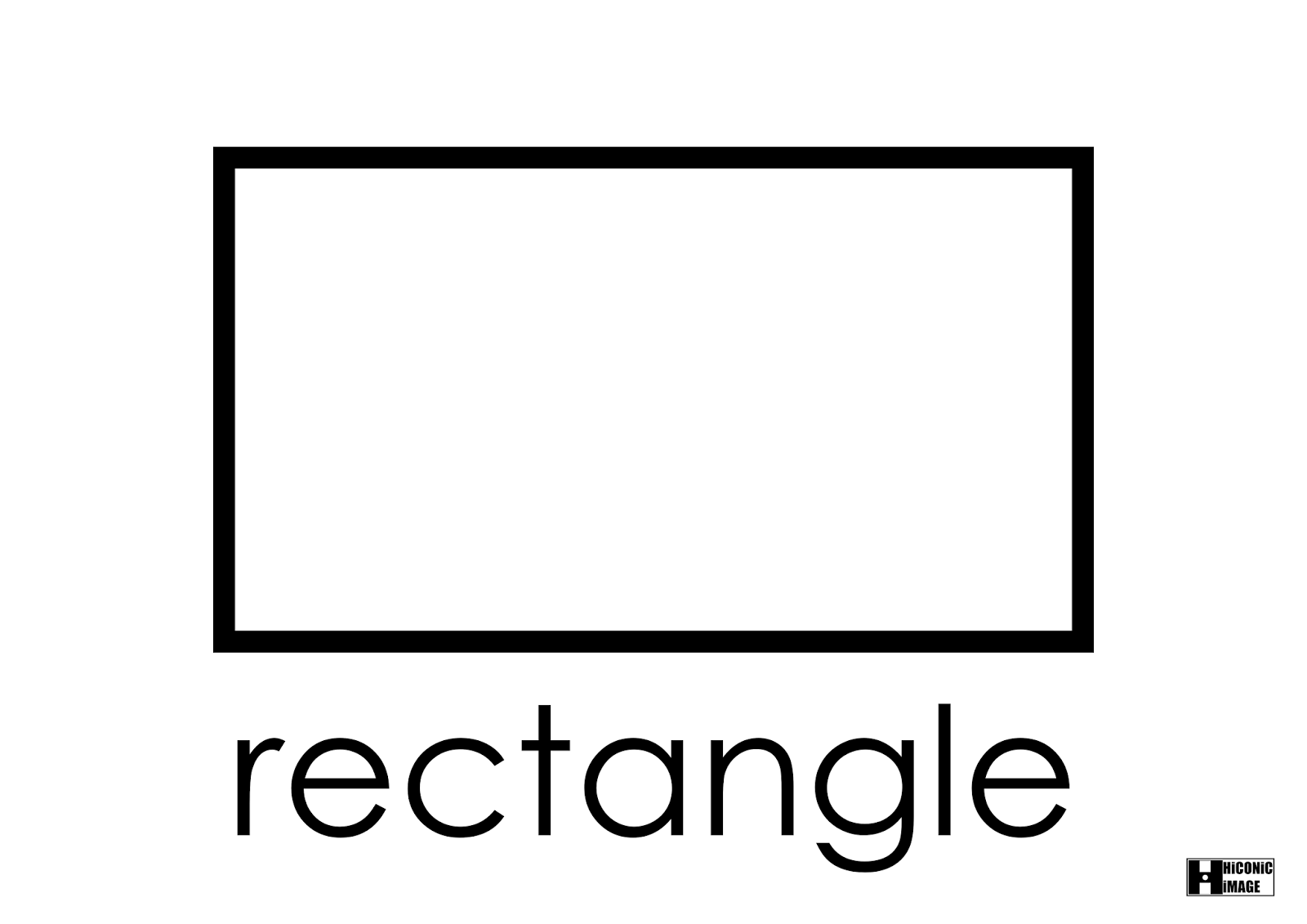Understanding Rectangular Shapes: A Comprehensive Guide
Rectangular shapes are fundamental elements in both mathematics and everyday life, serving as the building blocks for a variety of structures and designs. They encompass a wide range of applications, from architecture to graphic design, making it essential to understand their properties and significance. In this article, we will delve into the characteristics of rectangular shapes, their formulas, real-world applications, and much more.
The study of rectangular shapes not only enhances our geometric knowledge but also improves our spatial reasoning skills. As we explore this topic, you will discover how rectangles are used in various fields, their mathematical properties, and the importance of understanding their dimensions. Whether you are a student, educator, or simply someone interested in geometry, this guide aims to provide valuable insights into the world of rectangular shapes.
Throughout this article, we will examine the various aspects of rectangular shapes, including their dimensions, area, perimeter, and practical applications. By the end, you will have a comprehensive understanding of why rectangles are not only prevalent in geometry but also in the world around us.
Table of Contents
- Definition of Rectangular Shapes
- Properties of Rectangles
- Formulas for Area and Perimeter
- Real-World Applications of Rectangles
- Examples of Rectangular Shapes
- Mathematics Behind Rectangles
- Rectangles in Design and Architecture
- Conclusion
Definition of Rectangular Shapes
A rectangular shape, commonly referred to as a rectangle, is a four-sided polygon (quadrilateral) with opposite sides that are equal in length and four right angles (90 degrees). This geometric figure is characterized by its length and width, which are the dimensions that define its size.
Key Characteristics of Rectangles
- Opposite sides are equal in length.
- All interior angles measure 90 degrees.
- Diagonals bisect each other and are equal in length.
Properties of Rectangles
Rectangles exhibit several unique properties that distinguish them from other geometric shapes. Understanding these properties is crucial for solving problems related to rectangles.
Symmetry
Rectangles have two lines of symmetry, which means they can be divided into two equal halves along both the length and width. This symmetry contributes to their aesthetic appeal in design and architecture.
Diagonal Properties
The diagonals of a rectangle not only bisect each other but are also of equal length. This property is essential in various mathematical calculations and proofs.
Formulas for Area and Perimeter
To effectively work with rectangles, it is important to know the formulas for calculating their area and perimeter.
Area of a Rectangle
The area of a rectangle can be calculated using the formula:
Area = Length × Width
Perimeter of a Rectangle
The perimeter of a rectangle is calculated by adding the lengths of all four sides, which can be expressed as:
Perimeter = 2 × (Length + Width)
Real-World Applications of Rectangles
Rectangles are ubiquitous in our daily lives and can be found in various applications ranging from architecture to everyday objects.
- Building design: Many structures such as houses, offices, and schools utilize rectangular shapes for their layout and design.
- Technology: Screens of televisions, computers, and smartphones are often rectangular.
- Art and design: Rectangles are commonly used in graphic design, photography, and visual arts.
Examples of Rectangular Shapes
To better understand rectangular shapes, let’s explore some common examples:
- A book cover
- A door
- A rectangular table
- A smartphone screen
Mathematics Behind Rectangles
Rectangles play a significant role in various mathematical concepts, including geometry, algebra, and trigonometry. Understanding their properties allows us to solve complex problems and develop critical thinking skills.
Coordinate Geometry
In coordinate geometry, rectangles can be represented on a Cartesian plane, where the coordinates of their vertices can be used to determine their properties and relationships with other shapes.
Applications in Algebra
Rectangles are often used in algebraic equations, particularly in word problems involving area and perimeter. Developing proficiency in these calculations is essential for students.
Rectangles in Design and Architecture
In the fields of design and architecture, rectangles are favored for their simplicity and versatility. They create clean lines and structured spaces that enhance visual appeal.
Interior Design
Rectangular furniture, such as sofas and tables, is commonly used to optimize space and functionality in interior design.
Architectural Layouts
Architects often employ rectangular shapes in blueprints to create efficient and aesthetically pleasing building designs.
Conclusion
In summary, rectangular shapes are not only integral to mathematics but also play a significant role in our everyday lives. From architecture to technology, their applications are vast and varied. By understanding the properties, formulas, and real-world uses of rectangles, we can appreciate their importance in both academic and practical contexts.
We encourage you to leave a comment below, share this article with others, and explore more content on our site related to geometry and design!
Thank you for reading, and we look forward to having you back for more insightful articles!
Understanding Downblouse Images: A Comprehensive Guide
Understanding Banana Food Labels: A Comprehensive Guide
Feliz Dia De Los Padres: Celebrating Father's Day With Love And Gratitude

Rectangle Shape Clip Art Free PNG Image|Illustoon
Rectangular Shape Of A Rectangle With Four Angles Svg vrogue.co

What's My Angle Beggining Geometry